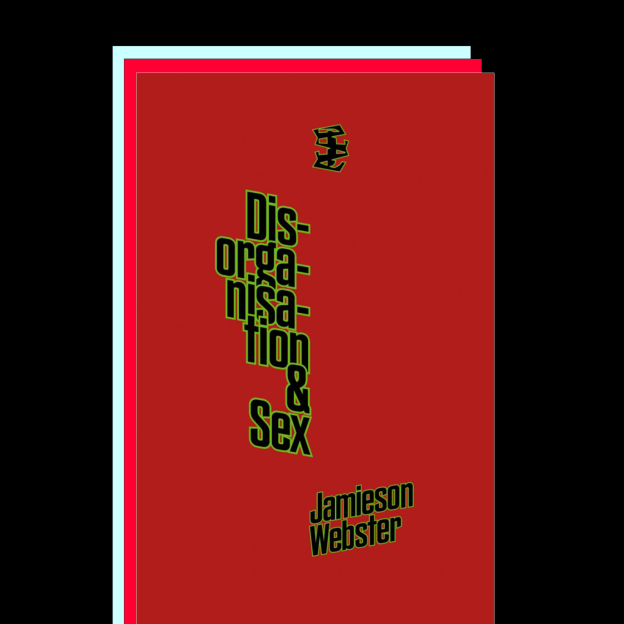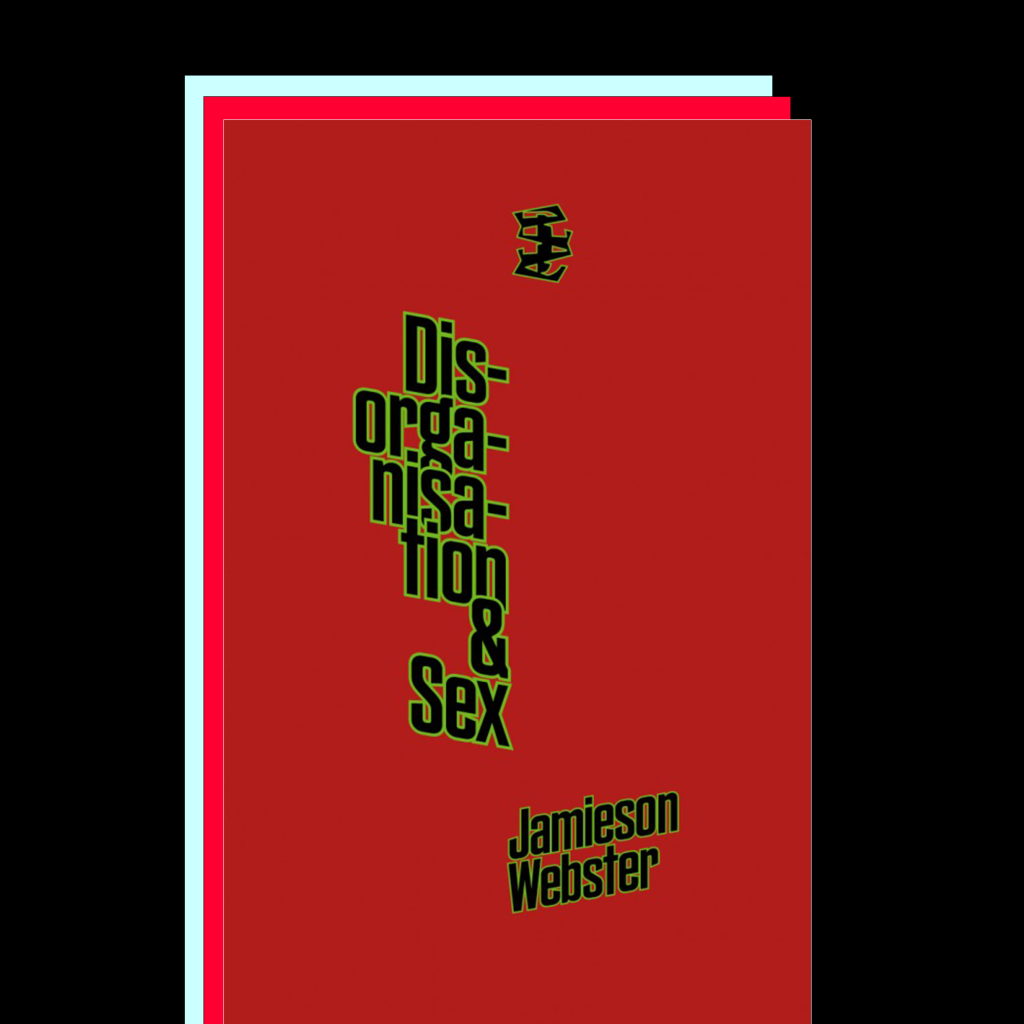
Disorganisation and Sex — Jamieson Webster
by
There has always been kinship and conversation between cinema and psychoanalysis. Images tasted, images of the eyes, of the tongue; the screens of the moviehouse and the analyst’s office not only teach of the self and desire, but what the self and desire could become. They are organs of illumination. Freud’s Studies on Hysteria and the Lumière brothers’ first filmic experiment both occurred in 1895. Serendipity speaks.
In director David Cronenberg’s Crimes of the Future (2022), pain is a relic of humanity’s past. To feel something, to feel anything, in the world of Crimes is desired en masse and writ large upon the body. As the film’s most viral line proclaims, “Surgery is the new sex.” What, though, became of the old sex?
Cronenberg’s question is a lesson for our time. Where did sex go? Where did desire go? How do we connect with one another in a system that actively discourages messy, overflowing, abundant, contradictory wanting? How do we both resist and live within a system that pushes to alter the very nature of wanting? In Jamieson Webster’s Disorganisation & Sex, published by Divided Publishing earlier this year, desire is the question of the hour. Our world is one structured through capitalist productivity, the day is metered out through interlocking systems of control that flatten and organize experience. Such organization, such order, possesses the power to extend from the office to the bounds of one’s interiors. See the statements:
“My shift lasts till 5 p.m.”
“I’m an INFJ.”
Both disclosures are semiotic enclosures for the self, for the body, for the rash of desires that make you, you. It is a way to fence in anxiety, discomfort, pain, and provide an illusion of control, of safety. Webster’s work, which includes the The Life and Death of Psychoanalysis (2011) and Conversion Disorder (2018), charts and champions the groundswell of wanting that lives pressing at society’s door.
“It ends when I go to sleep”
Webster details a clinical case of Selma Fraiberg’s from Fraiberg’s 1972 article “Some Characteristics of Genital Arousal and Discharge in Latency Girls.” The piece centers on patient, both child and adult, awareness of vaginal and clitoral stimulation. In these women and girls there is an anxiety surrounding the overwhelming sensations of orgasm. There is a desire to experience the loss of control orgasm brings but a fear of the sensation’s excess, castration anxiety from an imagined omnipotence of the mother and penetration by the father (199). One patient, a young girl, details her fearful feelings as sensation like musical progressions that remain unfinished or words in lines of songs never sung. Fraiberg asks her if it ever ends, and the girl remarks only when she sleeps.
Sleep here is sleep, but it is also death. The “it” of the hour is desire, sex: the state of not having it, wanting it, having it, knowing too much or not enough about it, being upended, flummoxed, and torn asunder through its presence. Does it really end with sleep? Dreams do bite and hurt, pure body and the wish for body (155). Pan, the lustful god of the wild, was the first to die in the pantheon of Roman gods. Pan is the root of panic, the place you live when the primal scene, the discovery of sex, plays over and over in your mind. For Webster, this requires a willingness to live with unknowns, live with discomfort. The willingness to live with the unknown is not just a choice, but a necessity. Think of this recognition as a precursor to an honest life, one open to the knowledge that there is no cure for humanity’s condition.
There is, however, the possibility of revelation, of creating something from the disorder, disorganisation, the disunion of sex and desire. Throughout the book, Webster details both her own training as a psychoanalyst, case studies of several patients, and dream analysis both of her own dreams and those of thinkers such as Freud and Adorno. The content is wide ranging and generous, from a Miss Lonelyhearts’ letter to child psychoanalysis, but at the book’s heart is Lacan’s interrogation: “Have you lived in conformity with the desire that is in you?” (149).
In Francis Ford Coppola’s Dracula (1992), Winona Ryder’s Mina Harker and Gary Oldman’s Dracula are fitted in red during moments of unbearable excess. Red is the color of death, sex, and remembrance. These are lovers out of time, out of body, yet they grasp and claw towards one another time and time again. Red is the color of the unknown, its curving vastness. Red is the act of waking up with your face turned towards life’s discordant cacophony of desires. Red is what happens when you remember, red is what happens when you say yes. The film is histrionic and hysterical, all panting and Grand Guignol levels of emotion. Yet, this is where truth can live, like Webster’s admission of her loneliness during her analytic training. Webster describes her loneliness as feeling borne of desire’s unknowns, a space that is so infinite and mutable that analysts themselves must routinely attend analysis to excavate their own neuroses and desires brought to the surface through engaging with patients. It is cyclical, repetitive, the stuff of life itself.
I have many memories of watching the film, always needing to look away from the screen for one scene or another. I could never bear to witness the two lovers come so close to being together but to always be thwarted, by fate, by chance, by circumstance. In a sense, I couldn’t bear the disorder that desire brings to life. The fundamental disorder of life.There is a particular scene where Lucy Westenra, Mina’s confidante, runs into a graveyard to be ravished by Dracula in the form of a wolf. Mina comes upon them and cannot bear to witness their sex, a monstrous desire. She looks away again and again.
That is not what happens.
My memory of the scene has been sculpted by time. The viewer, I, you, we, me, see the wolf. I look away. Mina sees only her friend and rushes to help, her eyes locked on Lucy. Let this be a lesson. The wolf at the door, that monstrous desire, will always make its presence known. All you must do is look.
ANNETTE LEPIQUE reviewer
Annette LePique is an arts writer and educator based in Chicago. Her research interests include cinema, race, time, hysteria, and the ill body. She has written for Cleo Film Journal, Another Gaze Feminist Film Journal, is a frequent contributor to Chicago Artist Writers, and a Features Writer at Sixty Inches from Center. She has presented work in Montreal and Los Angeles.

Webster, Jamieson. Disorganisation and Sex. Divided Publishing, 2022.